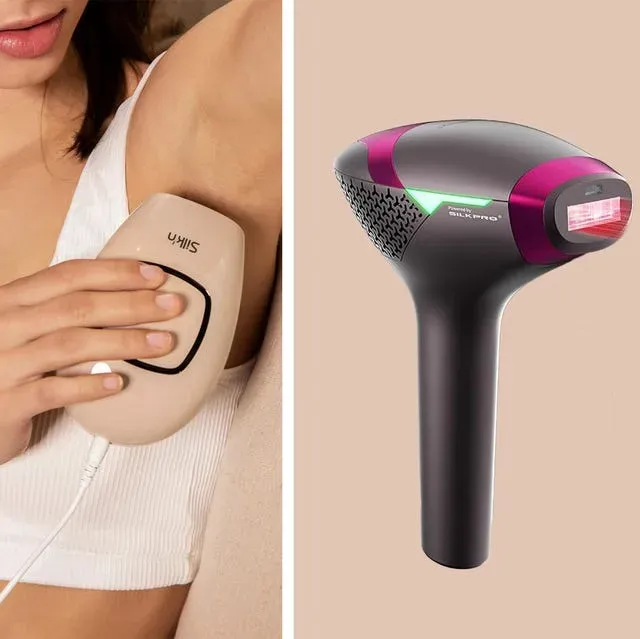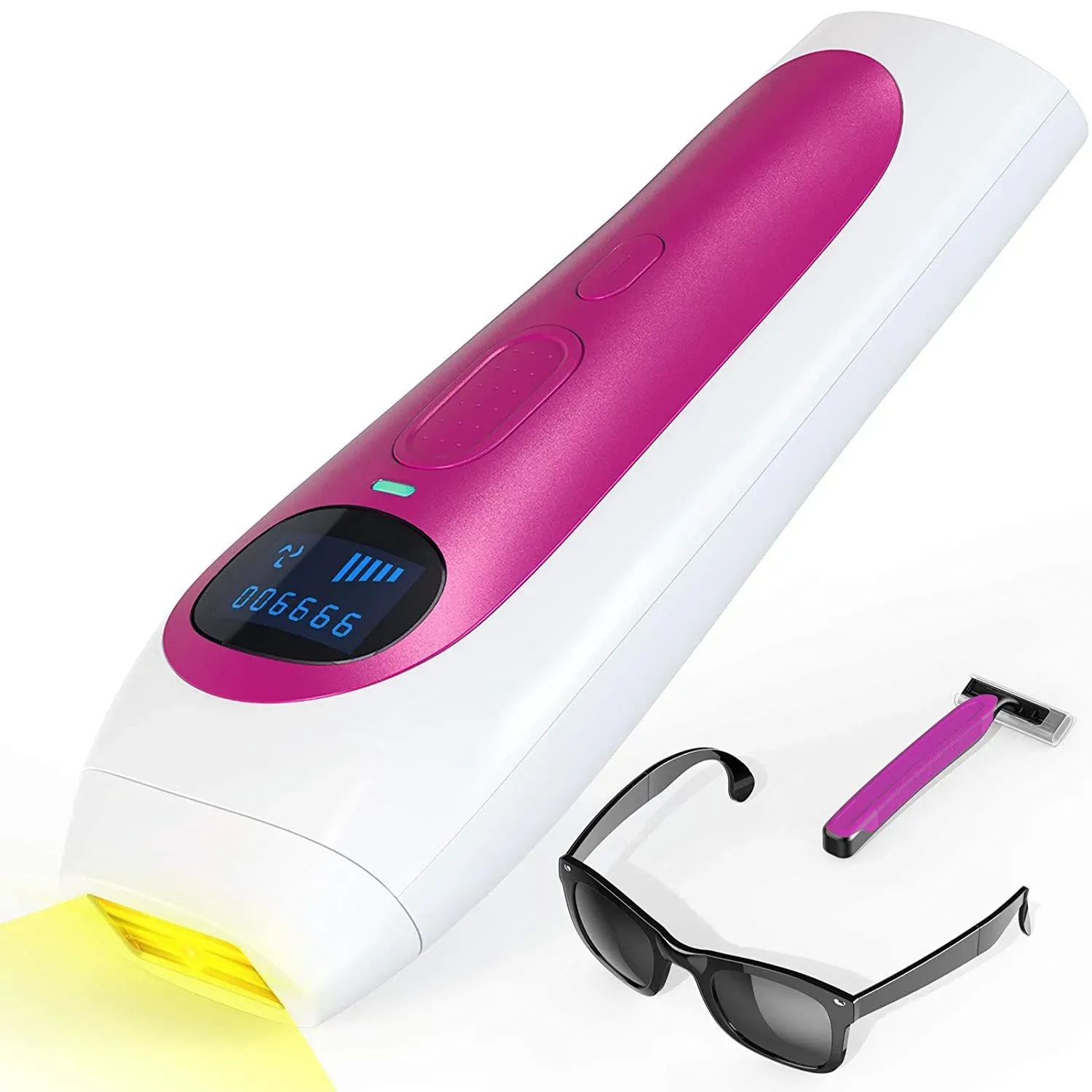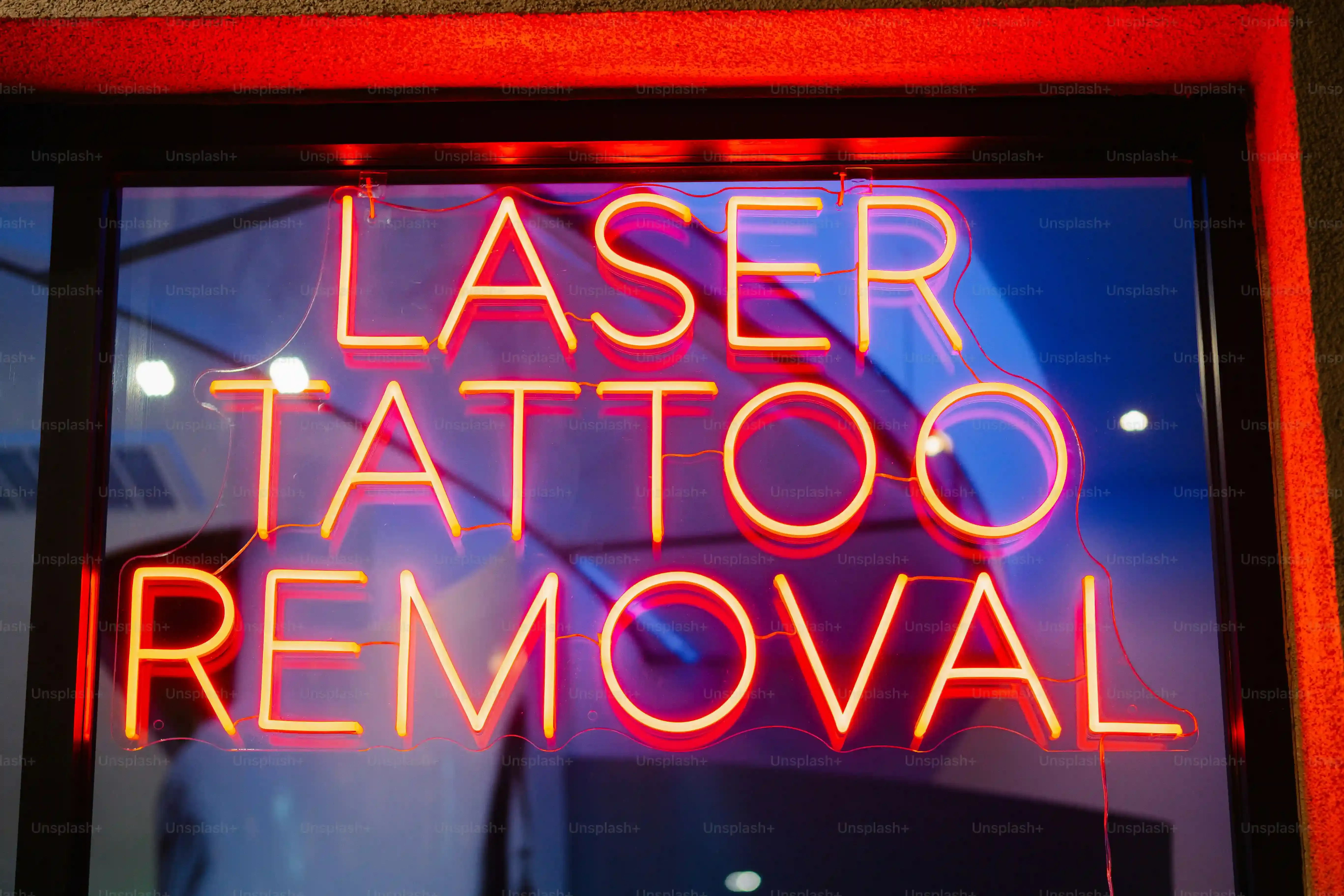Table of Contents
Let's be honest, dealing with unwanted hair can feel like a never-ending chore. Shaving leaves stubble that pops up faster than you can blink, waxing is… well, it's waxing, and professional laser treatments can empty your wallet quicker than a leaky faucet. It's no wonder so many people are eyeing those sleek gadgets promising permanent smoothness from the comfort of their couch. But with so many options flooding the market, figuring out which device truly offers the laser hair removal at home best experience can feel like navigating a minefield. You see ads everywhere, hear mixed reviews, and wonder if these things *really* work like they claim they do. Can you actually achieve lasting results without stepping foot in a clinic? This article cuts through the noise to explore the reality of at-home laser hair removal, who it's best suited for, and how to pick the device that gives you the best shot at ditching the razor for good. We'll look at what makes a device effective and what you need to know before you start zapping away.
Is Laser Hair Removal at Home Really the Best Option?

Is Laser Hair Removal at Home Really the Best Option?
So, you've seen the ads, maybe scrolled through some glowing reviews, and now you're wondering: Is Laser Hair Removal at Home Really the Best Option? Let's cut to the chase. While the idea of zapping away hair while binge-watching your favorite show sounds like the ultimate convenience, it's crucial to manage expectations. These devices aren't the same high-powered lasers you'd find in a dermatologist's office. They use intense pulsed light (IPL) or lower-energy lasers, which means they work, but often require more treatments and deliver less dramatic results than professional sessions. Think of it less like a one-and-done miracle and more like a commitment, a slow burn towards smoother skin. The "best" is subjective, right? It depends on your budget, your patience, and whether you value convenience over maximum potency.
Consider this:
- Professional Laser: Higher power, faster results, costs more, requires appointments.
- At-Home Device: Lower power, slower results, costs less upfront, can do it anytime.
Who Gets the Best Results from AtHome Laser Hair Removal?

Who Gets the Best Results from AtHome Laser Hair Removal?
The Melanin Match: Skin Tone and Hair Color
so you're thinking about taking the plunge into at-home laser hair removal. Great! But before you drop serious cash on a device, let's talk about who these gadgets actually work best for. It's not a one-size-fits-all deal. The technology, whether IPL or diode laser, targets the pigment (melanin) in your hair follicle. This means the ideal candidate typically has a combination of light to medium skin tones and dark, coarse hair. Why? Because there's a strong contrast. The light energy sees the dark pigment in the hair and focuses its heat there, damaging the follicle. If your skin is dark, it also has a lot of melanin, and the device might struggle to differentiate between your skin and your hair. This can lead to less effective treatments and, worse, potential skin irritation, burns, or pigmentation changes.
Hair Type and Treatment Areas Matter
Beyond skin and hair color, the type of hair you're trying to remove makes a difference. Fine, vellus hair (that soft, fuzzy stuff) usually doesn't have enough pigment for these devices to effectively target. You're really looking for darker, coarser strands. Also, think about the area you want to treat. Larger, flatter areas like legs or arms are generally easier and quicker to treat with most at-home devices than tricky spots like the upper lip or bikini line, which require more precision. Some devices are specifically designed with smaller heads for facial areas, but getting consistent coverage in contoured spots can be a challenge.
In short, you're likely a prime candidate if you have:
- Light to medium skin tone (Fitzpatrick skin types I-IV).
- Dark brown or black hair.
- Coarse hair texture.
- Targeting areas like legs, arms, underarms, or bikini line.
Who Might Not See the Best Results?
Conversely, if you have very dark skin (Fitzpatrick skin types V-VI), blonde, red, grey, or white hair, at-home laser hair removal probably isn't your best bet. The lack of melanin in lighter hair means there's nothing for the light energy to absorb. For darker skin tones, the risk of adverse effects outweighs the potential for significant hair reduction with most consumer devices. It's simply not designed to safely handle that much melanin in the skin. In these cases, exploring professional options specifically designed for darker skin or other hair removal methods entirely might be a more effective and safer path. Sites like hairawaybylaser.com often have resources explaining these limitations clearly.
Choosing the Laser Hair Removal at Home Best Device for You

Choosing the Laser Hair Removal at Home Best Device for You
Understanding the Tech: IPL vs. Diode Laser
Alright, so you're sold on the idea of tackling hair removal yourself. Now comes the fun part: staring at a screen full of devices, each promising the world. How do you pick the laser hair removal at home best fit for *your* situation? First, get a handle on the tech. Most at-home devices use Intense Pulsed Light (IPL). IPL isn't a true laser; it uses a broad spectrum of light wavelengths. Think of it like a flashbulb. It's effective for many, especially those with classic light skin/dark hair contrast, but it's less precise than a true laser. A few devices use diode lasers, which emit a single, focused wavelength of light. These can sometimes be more effective and potentially safer for a slightly wider range of skin tones (though still not recommended for very dark skin) because they target the follicle more specifically. Neither is inherently "better" across the board; it depends on your skin type, hair color, and what the device is specifically designed to do.
Don't just grab the cheapest one. Read the specs. Does it use IPL or a diode laser? Understand what that means for how it interacts with your skin and hair.
Features That Actually Matter
Beyond the core technology, look at the features. The number of flashes a device offers is basically its lifespan. More flashes mean the device will last longer before you need a replacement cartridge or a whole new unit. Consider the treatment window size – a bigger window covers more area faster, great for legs, but a smaller one is better for precision on the face or bikini line. Multiple intensity levels are crucial. Your skin is different on your ankle than it is under your arm. Being able to adjust the intensity lets you find the most effective setting that's still comfortable and safe for each area. Some devices even have sensors that automatically detect your skin tone and select a safe intensity, which takes some guesswork out of the equation.
Here’s a quick checklist of features to consider:
- IPL or Diode Laser technology?
- Number of flashes (device lifespan).
- Treatment window size (speed vs. precision).
- Adjustable intensity levels?
- Skin tone sensor/safety features?
- Corded or cordless? (Convenience factor).
Safety First, Always
Let's talk safety because zapping yourself at home isn't something to take lightly. The laser hair removal at home best devices have built-in safety features. A skin tone sensor is non-negotiable if you're at all unsure about your suitability. This sensor prevents the device from flashing if your skin is too dark for safe treatment. Look for devices cleared by regulatory bodies like the FDA in the US. User-friendliness is also key to safety; if it's complicated to operate, the chances of making a mistake increase. Read the manual thoroughly before you even turn it on. A patch test on a small, inconspicuous area is mandatory before treating larger areas. See how your skin reacts after 24-48 hours. If you get a bad reaction, that device isn't for you. Period.
Getting the Best Results from Your AtHome Treatments

Getting the Best Results from Your AtHome Treatments
So you've chosen a device and you're ready to start zapping. Great! But just owning the gadget isn't enough; Getting the Best Results from Your AtHome Treatments requires consistency and following the rules. Think of it like going to the gym – you won't see changes after one session. You need to stick to the recommended treatment schedule, which is usually every one to two weeks initially. Shave the area right before treatment; the light needs to target the hair follicle, not waste energy burning hair on the surface. Clean and dry skin is a must – no lotions, potions, or self-tanner. Be precise with your placement, overlapping slightly but not treating the exact same spot multiple times in one session, which is just asking for irritation. And for the love of smooth skin, stay out of the sun! Tanned skin is more prone to burning and pigmentation issues when exposed to these light-based devices. If you're going to be in the sun, cover up the treated areas religiously or just pause your treatments until your tan fades. It's a marathon, not a sprint, and patience truly pays off.
The Real Deal on At-Home Hair Removal
So, is achieving smooth, hair-free skin at home a pipe dream or a real possibility? The truth is, the best at-home laser hair removal devices offer a legitimate path to significant hair reduction for the right candidates. They aren't magic wands, and results take time and consistency. You won't wake up stubble-free overnight. But for many, the convenience and long-term cost savings make the effort worthwhile. It’s about managing expectations, understanding your skin and hair type, and doing your homework to select a reputable device. Don't fall for hyped-up claims of instant perfection. Focus on finding a device that fits your needs and commit to the process. It might just be the closest you get to saying goodbye to your razor collection for good.
